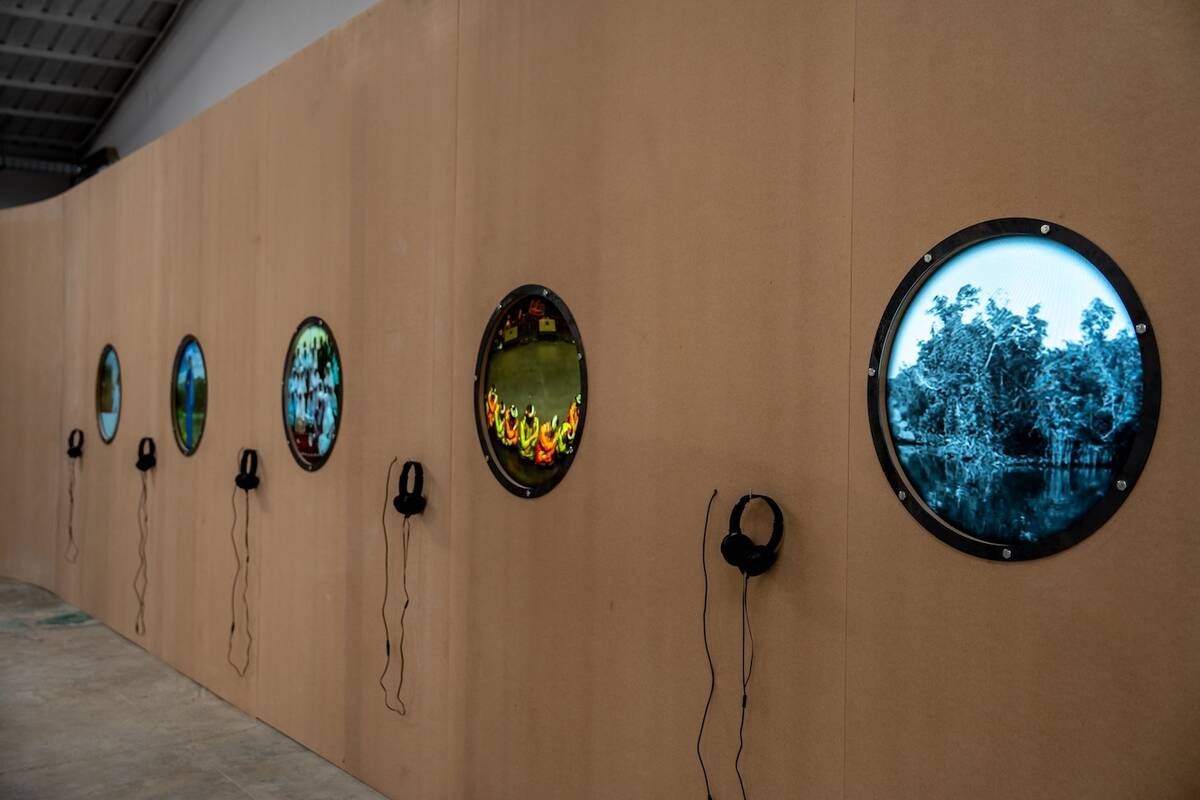DUBAI: Tashkent may not be as famous for its architecture and culture as Paris, Rome or Barcelona, but the capital of Uzbekistan is an underrated gem for tourists.
With a population of more than three million, Tashkent is the largest city in Central Asia, which was formerly part of the Soviet Union. Tashkent — which means “city of stone” — is historically significant as one of several trading hubs (along with its neighboring cities Bukhara and Samarkand) on the Silk Road stretching from Europe to China. In the 8th century, the city was under Muslim Arab rule, and Islamic architecture, studded with stunning blue tiles that match the skies above Tashkent, remains a notable feature.
Under Soviet rule, Tashkent saw a rise in the modernist style of heavy, brutalist buildings beloved by the USSR — see, for example, the overwhelming, grid-like exterior of Hotel Uzbekistan, established in 1974. Between the 1960s and 1990s, such structures were part of a plan to rebuild the city after an earthquake in 1966.

Tashkent's Alisher Navoiy Theater. (Shutterstock)
One of the grandest buildings in Tashkent is the centrally located Alisher Navoiy Theater, an elegant opera house which opened in the 1930s, playing the timeless melodies of classical maestros Tchaikovsky, Prokofiev and Verdi. It is named after the poet and national hero dubbed “the father of Uzbek literature,” who was born in modern-day Afghanistan during the 1400s. Designed by the Soviet architect Alexey Shchusev, the 1,500-seat opera house radiates with European and Oriental stylistic elements. Its six lobbies are named after the Uzbek cities of Bukhara, Khorezm, Samarkand, Fergana, Termez and Tashkent.
A number of museums — devoted to history, art, geology and warfare — exist in the capital; one of the best is the highly ornate Museum of Applied Arts, which pays tribute to the delicate handcraftsmanship of traditional Uzbek artisans, and displays embroidery, pottery, miniature paintings, jewelry and weaponry. The building itself is a work of art too, showcasing detailed wooden ceilings rendered with floral and geometric motifs.
There are more than 2,000 mosques in Uzbekistan and one of its oldest is Kukeldash Madrasah, founded in the 1500s. The tranquil site, which has been restored and used for various purposes over the years, was originally built to host lessons in Islamic studies and the Qur’an (lessons which still happen today). It also houses an intimate calligraphy studio. The main facade features Arabic scripture and a pattern of arches, decorated by predominantly blue mosaics.
Close by is the lively and substantial Chorsu Bazaar, where locals go to shop for food, spices, crockery and trinkets. The ruby-colored pomegranate fruit is particularly popular, and also features as a motif on clothing, acting, in a way, as a symbol of the country. The bazaar sits under a blue ornamented dome, which was designed in 1980.

Inside Tashkent's Chorsu Bazaar. (Arab News)
If you’re looking for a more peaceful location, then the Rakhimovs Ceramic Studio is the place to be. This haven of creativity, accessible by appointment only, aims to preserve the heritage of ceramic art. Full of decorated pottery pieces, the family-run space tells the story of four generations of ceramic masters, starting with one of Tashkent’s prominent 20th-century ceramicists and restorer of mosaics Mukhitdin Rakhimov down to his grandson, Alisher Akbarovich Rakhimov, who has passed along the art of pottery to his son, Shokhrukh.
And Tashkent’s attractions are not all on its surface. Be sure to visit the Tashkent Metro, which, in 1977, became the first subway system in Central Asia. Its 29 stations resemble art galleries, full of sophisticated columns, patterned domes, colorful tiles and murals with stories of national pride to tell. Perhaps the most famous station in the system is Kosmonavtlar (Cosmonauts), with its blue-and-white interior that inspired by the ‘space race,’ which occurred between the 1950s and 1970s. The walls of the station showcase large medallions depicting the Soviet Union’s leading astronauts, Yuri Gagarin and Valentina Tereshkova, respectively the first man and woman to go to space.

Kosmonavtlar Station on the Tashkent Metro. (Shutterstock)
Tashkent is an ideal location for lovers of architecture who want to discover something atypical. It has a visually appealing landscape of old and modern buildings, demonstrating the city’s diverse cultural heritage, which is worthy of preservation and attention.




















